| Back to Back Issues Page | ||||||||||||||||
 |
||||||||||||||||
|
[Tomato Dirt #128] What to Feed Your Hungry Tomato Plants: A Quick Guide to Tomato Fertilizer July 26, 2017 |
||||||||||||||||
Tomato Dirt Newsletter
|
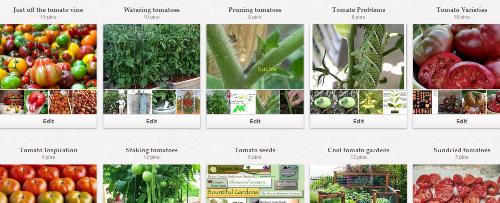 |
FEATURE: What to Feed Your Hungry Tomato Plants: A Guide to Tomato Fertilizer
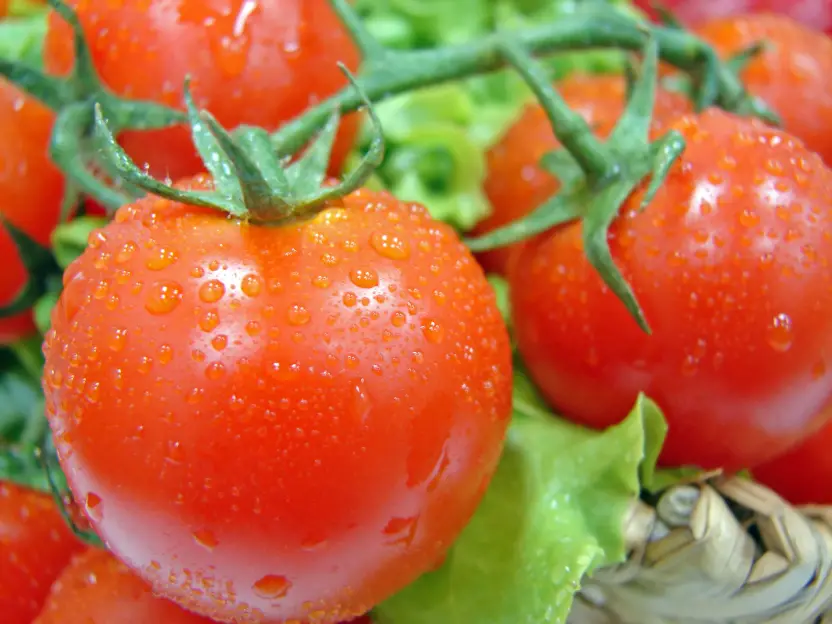 |
Image: Tomato Dirt |
Enter fertilizer. Most fertilizers are a combination of the three nutrients commonly fed to plants: nitrogen, phosphorus, and potassium (referred to as the “N-P-K ratio”). The three numbers represent those three nutrients.
The first number represents the proportion of nitrogen in the fertilizer. Nitrogen encourages leaf growth (rather than blossoming or fruit development.) In tomatoes, excess leaf growth discourages blossoms and fruit. A lower number of nitrogen in this fertilizer is a good indicator that it is suitable for midseason tomatoes.
Phosphorus (the second number in the N-P-K ratio) encourages flowering, and therefore fruiting. This benefits midseason tomato plants.
Once a tomato plant starts flowering and fruiting, it needs a higher ratio of potassium for fruit to develop (the third number in the N-P-K ratio). The strong third number in this fertilizer indicates that it will help tomato plants produce healthy, quality fruit mid- to late season.
Find out more about kinds of tomato fertilizer so you can have healthy, productive fruit all season long. … and check out other options for feeding tomatoes on our FertilizingTomatoes Pinterest board.
Best Tips for Growing Tomatoes
The world's number one tomato Bible. Advice on 1300 varieties, soil preparation, pruning; and extensive help with pests and diseases from a leading industry expert to help you have the biggest, tastiest crop ever.
Tomato Growing Tip: Epsom Salts are a Good, Low-Cost Tomato Fertilizer
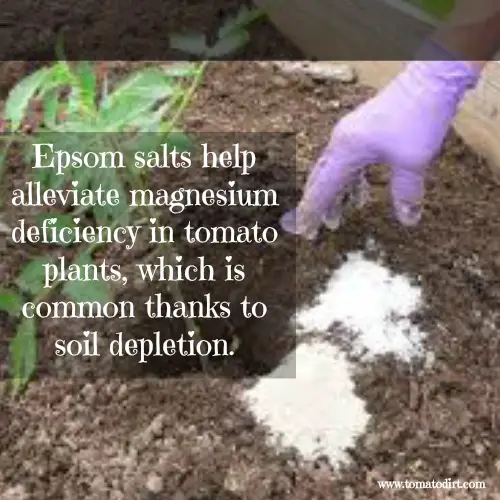 |
Image: Tomato Dirt |
Get more tips for growing tomatoes on our Tomato Growing Tips Pinterest board.
Feed Your Tomatoes Well
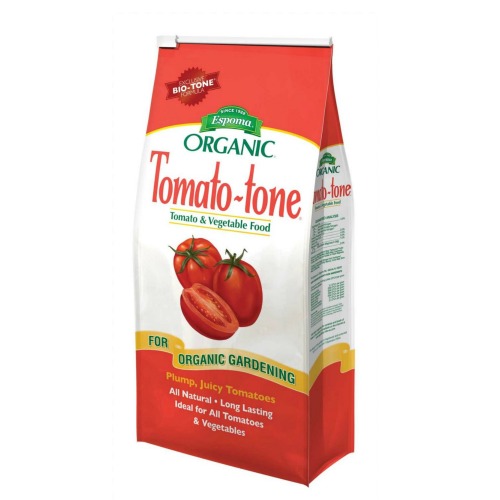
|
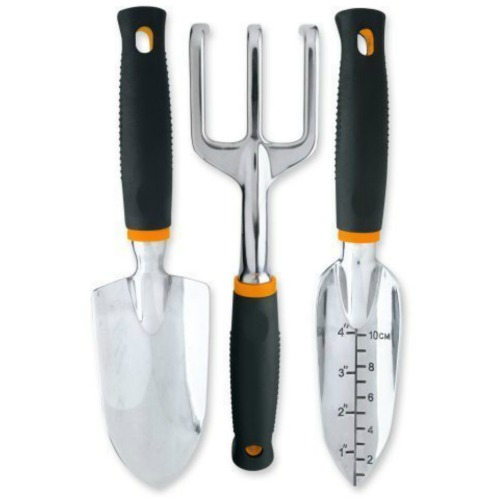
|

|
|---|---|---|
| Tomato Tone and other tomato fertilizers | Garden hand tools like Fiskars to work tomato fertilizer into soil | Sturdiest garden gloves from Pine Tree, more |
More Tips for Fertilizing Tomatoes
| How and When to Fertilize Tomato Plants | Organic and Inorganic Tomato Fertilizer: Advantages and Disadvantages | Epsom Salts: a Natural Fertilizer for Tomatoes | Will this Tomato Fertilizer Work for You? |
|---|
That’s it for now. More next time.
Until then, happy gardening!
![]()
Kathy with Tomato Dirt
www.tomatodirt.com
Find us on Facebook!

